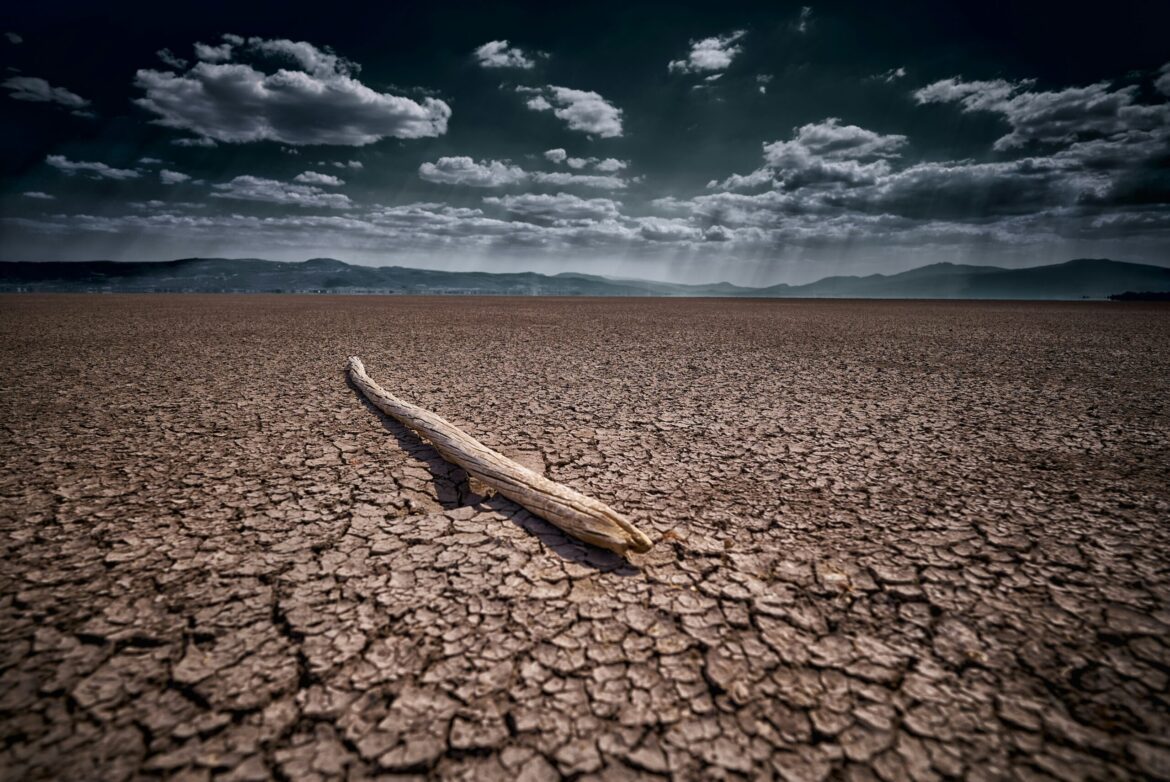In early March 2023, severe drought conditions across the American West were declared a national emergency, with water shortages threatening both the environment and the economy. The U.S. Department of Agriculture reported that nearly 40% of the country was facing some level of drought, with states like California, Arizona, and Nevada hit hardest. The environmental and economic consequences of these conditions are far-reaching, affecting agriculture, energy production, and water supply for millions of Americans.
The drought crisis has had a significant impact on agriculture, particularly in the West, which produces a large portion of the nation’s food. Farmers are struggling to maintain crops without adequate water, and the livestock industry is facing challenges as pasturelands dry up. This has led to concerns about rising food prices, with the cost of fruits, vegetables, and meat expected to climb as a result of the decreased supply.
Energy production is another area where the drought has caused disruptions. Many regions in the U.S. rely on hydroelectric power, and low water levels in reservoirs have significantly reduced the capacity of hydroelectric plants, leading to energy shortages. The U.S. government has been forced to explore alternative energy sources and implement stricter conservation measures to mitigate the impact.
The long-term environmental consequences of the drought are equally concerning. Decreased water availability has resulted in the depletion of vital natural resources, impacting ecosystems and wildlife. American policymakers are increasingly facing pressure to address climate change, which many scientists believe is exacerbating drought conditions. Rising temperatures and changing precipitation patterns have made these extreme weather events more frequent and intense.
As the U.S. continues to grapple with the effects of the drought, the crisis has prompted discussions on water conservation, climate adaptation strategies, and sustainable agricultural practices. The government has taken steps to invest in water infrastructure and develop policies aimed at reducing water waste. However, the ongoing drought serves as a stark reminder of the urgent need for comprehensive climate action to protect the nation’s future water security.

